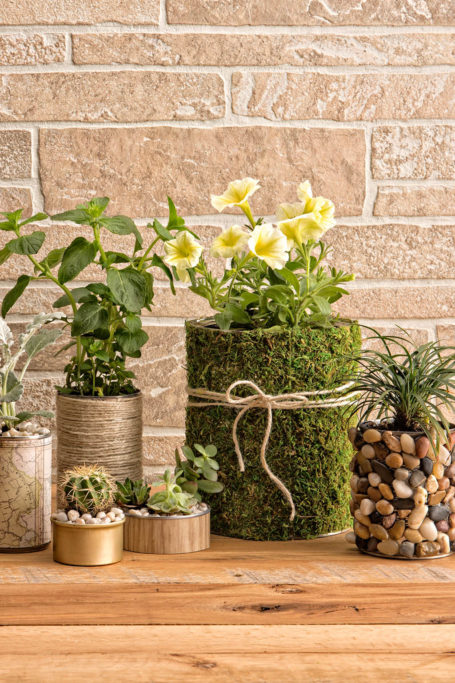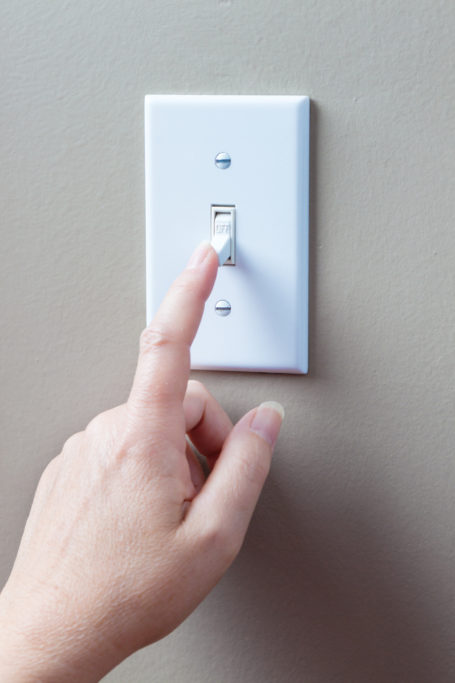A Refresh for Your Finances
When spring rolls around, your thoughts might turn to organizing your closets or giving your floors a good deep clean. But how much thought have you given to cleaning up your finances? If the answer is “not much,” you might want to reconsider.
Spring is a great in-between time of year to take stock of your financial health and to create goals for the rest of the year—or to plan for the years ahead.
But before you dive headfirst into any new financial plan, you need to take a look at the current state of your finances. Are they where you want them to be? Have you had trouble putting enough away to account for the unexpected? The steps below can help you get started.
Step 1: Write it all down.
A coffee here, a new pair of shoes there; when you go about your life as usual, you don’t typically think about how much you’re spending. But even small purchases on a frequent basis can add up. Take a month to jot down or create a digital spreadsheet of all your expenses, including mortgage or rent payments, utility bills, groceries, subscription services, and miscellaneous expenditures. When you are able to see a month’s worth of spending in front of you, it becomes easier to determine which are necessary and which areas you can cut back on.

Step 2: Establish a budget.
Once you have an estimate of how much you are spending each month, set up a budget that fits your lifestyle and goals. You can break your budget into areas such as housing and utilities, food and personal care items, childcare, memberships, and miscellaneous. If you’ve tried budgeting in the past to no avail, start small. You don’t have to create a budget for all areas of your life at one time. Try setting up a budget for just one or two areas. Perhaps you want to spend less on subscriptions and memberships that you don’t use. A $30 gym membership might not sound like a lot of money to shell out each month, but that adds up to $360 a year! Be realistic about how much you are willing to spend on nonessentials, and consider looking for less expensive alternatives.

Step 3: Evaluate and pay down.
Credit is a necessary evil, but it doesn’t have to be nearly as big a headache as it is made out to be. Of course, some credit is good. Showcasing your ability to make timely payments to creditors is imperative for everything from buying a house to starting a business, but it’s easy to get in over your head. If you have multiple lines of credit, look carefully at the interest rates and amount borrowed on each. Start by paying down the cards with the highest amount of interest, which can quickly accrue and leave you even more in the hole.
Be realistic with your time frame for paying off debt. If you attempt to bite off more than you can chew, you can end up in worse shape than when you began. Do some research into your credit companies’ policies and see if they will work with you toward a lower interest rate or a reasonable payment plan. Once you’ve made progress in paying off any outstanding balances, make sure you remain in the black by setting up limits for yourself. Compare your credit limit, which is oftentimes far higher than what you can reasonably afford to pay off each month, with your monthly income and make sure you do not break the threshold you establish. If this sounds easier said than done, try to leave your credit cards at home unless you absolutely need them, or use them for smaller purchases that you can pay off more easily.

4. Take advantage of apps.
There truly is an app for everything these days, including managing your finances. While apps cannot replace the expertise of a professional, they are a great way to plan, budget, and keep track of your savings on daily, weekly, and monthly bases.
If you’re tired of having to look through multiple accounts to keep track of your spending, the Credit Karma app is perfect for you. The app logs everything: the total amount of money you have across all your accounts, your credit score, and your debt. It can show you when your bills are due and how much you owe and send you reminders so you don’t forget to make payments. The best part? Credit Karma is totally free.
Visual learners, look no further than Spendee for your financial-planning needs. This app provides a visual breakdown of your spending, allowing you to more easily see the areas you might want to cut back on. It connects to your bank account to provide a list view of your payments, and it can even show the average of your expenses as well as the day of the week you tend to spend the most.
Whether you want to save a few extra dollars each month or plan for a life-changing purchase like a new home, a little cleanup of your finances can go a long way. Just be sure to consult a professional for your specific financial needs.


















